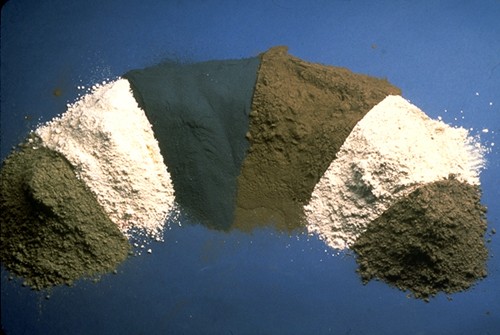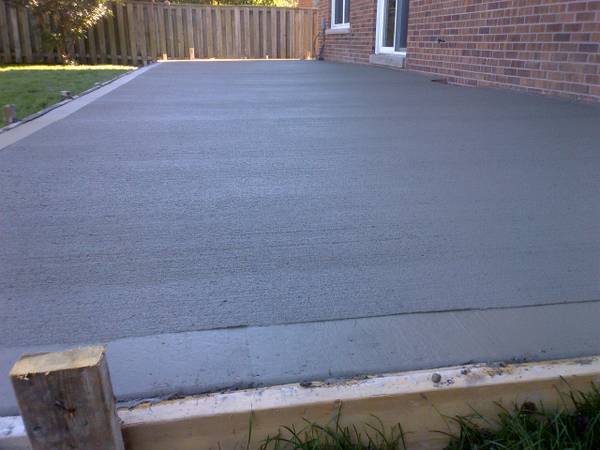TOP 9 TYPES OF CEMENT AND THEIR USES
When
it’s cement, we can’t doubt the prowess it possesses. Cement is one of the most
useful and widely used building materials in the up-to-date world. Look round
yourself and you will find immense skyscrapers, residential buildings, condos
and penthouses, standing firm for years in their own appealing beauty. Cement
when mixed with collective, admixtures and water form an assorted mixture which
is strong enough to withstand any weightiness. The requirement of high-quality
concrete is indispensable for adequate métier development to hold the structure
firmly. The quality of the cement confirms the strength of the concrete and the
base of the construction of any building. Better the quality of the cement higher will be its ability to resist environmental degradation and protect the
building from the vagaries of nature and other elements.
 |
| Cement contractor NYC |
The
quality of the cement should be checked before making the purchase by reading
the manufacturing date and prescription of the time of use. You can easily
check the quality by crumbling the cement in your hands and see if they form
lumps in your hand. If they form lumps, then it’s an indication of excessive
silt content.
Today,
too the commonplace Portland cement, there are some other varieties of cement
used by cement contractors in Brooklyn which
warrant mention.
White: This
cement conquers such a color since it is free from coloring oxides such as
manganese, iron, and chromium and is mass-produced using oil. This cement is
used for plastering, finishing, decorating such as marbles and glazed tiles.
Colored: Cement
is usually given colors by partying stains with it. Chromium oxide make it green;
cobalt makes it blue, and iron oxide makes it brown, red and yellow. This
cement is hand-me-down to give colors to walls, floors and window sills.
Low
Heat: This
cement is used by cement contractors for enormous construction works such as
dams and barriers. Low heat cement comprises 5% tricalcium aluminate and 46%
dicalcium silicate which helps to keep the construction whole.
PORTLAND BLAST
FURNACE CEMENT: In this situation, the normal cement
clinkers are mixed with up to 65% of the blast furnace slag for the final oppressive.
This type of cement can be used with benefit in mass concrete work such as
dams, sidewalk repair, foundations, and abutments of bridges, retentive walls, construction in
sea water.
WATERPROOF PORTLAND
CEMENT: Water-resistant cement is prepared by mixing
with normal or rapid acclimatization cement, a small percentage of some steel
stearates (Ca, Al, etc.) at the time of grinding. This cement is castoff for
the construction of water-retaining erection like tanks, reservoirs, retaining
walls, swimming pools, dams, bridges, piers etc.
HYDROPHOBIC CEMENT: Hydrophobic cement is manufactured by adding water
repellant chemicals to ordinary Portland cement in the process of grinding.
Hence the cement stored does not decayed even during downpour. This cement is requested
to remain unaffected when ecstatic during rains also. Hydrophobic cement is mostly
used for the construction of water assemblies such dams, water tanks,
spillways, water retaining structures etc.
HIGH ALUMINA CEMENT: High
alumina cement (HAC) is a special cement, manufactured by mixing of bauxite (aluminum
ore) and lime at a certain temperature. This type of cement is also known
as calcium aluminum cement (CAC) we can we use for construction. The
compressive strength of this cement is very high and more practical than normal
Portland cement.
EXPANSIVE CEMENT: The cement which does not shrink throughout and after
the time of hardening but increases slightly with time is called expansive
cement. This type of cement is mainly used for grouting anchor bolts and prestressed
concrete channels.
Quick
setting: This
type of cement is formed by adding a little aluminum sulfate and reduce the
amount of gypsum. Since it is very finely grained, it starts settling within 5
mins and by half an hour it becomes hard.

Comments
Post a Comment